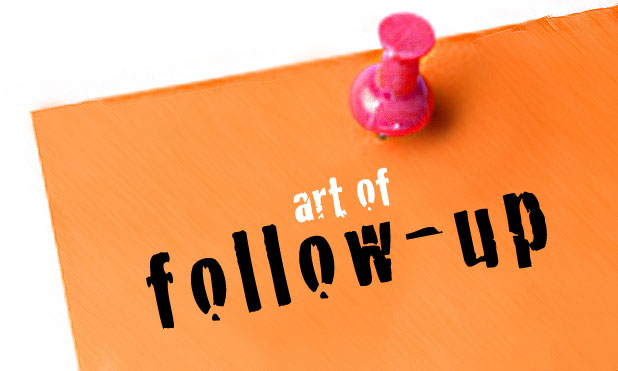In today’s digital world, email marketing has become a cornerstone of advertising, and for those venturing into solo ads, creating effective email copy is a vital skill. Solo ad copy is unique as it targets a specific audience who have already expressed interest in a niche. So, how can you write emails that captivate and convert? In this article, we will delve into the art of crafting compelling solo ad copy for buyers.
Table of Contents
Understanding Solo Ads
Solo ads are a unique form of email marketing that involves collaborating with an email list owner who has a subscriber base interested in your niche. Unlike other email marketing methods, solo ads allow you to send your message to an audience that has already expressed interest in your offerings. The key to success with solo ads lies in your email copy and choosing the right solo ad vendor. Crafting a compelling message that resonates with your target audience is crucial for driving conversions and achieving your marketing goals.
Know Your Audience
Before you start writing your solo ad copy, it’s essential to have a deep understanding of your target audience. Who are they? What are their pain points and desires? What specific problems can your product or service solve for them? Tailoring your message to address the unique needs and expectations of your readers is the first step toward creating a successful solo ad campaign. The more you can align your message with the interests of your subscribers, the higher your chances of engaging them effectively.
Crafting a Captivating Subject Line
The subject line of your solo ad email is like the first impression you make on your recipients. It’s the deciding factor in whether your email gets opened or ends up in the dreaded spam folder. To create a captivating subject line, it’s essential to be both intriguing and concise. Make sure your subject line provides a sneak peek into what the recipient can expect from the email, generating curiosity and interest. However, avoid misleading or clickbait-style subject lines, as they can damage your reputation and lead to unsubscribes.
The Power of Personalization

Personalization is a powerful tool in email marketing, and it plays a significant role in the success of your solo ads campaigns. Addressing your subscribers by their first names and tailoring the content of your email to their interests can significantly increase open rates and engagement. When recipients see that the message is tailored specifically for them, they are more likely to pay attention and take the desired action.
Short and Sweet: Body of the Email
The body of your solo ad email should be short, sweet, and to the point. Your recipients are often busy, and they appreciate emails that respect their time. Use clear and concise language to convey your message effectively, avoiding excessive fluff or unnecessary information. Each sentence should serve a purpose and lead the reader further down the path to your call to action.
Call to Action (CTA)
Every successful solo ad email should include a clear and compelling call to action. Your CTA directs your readers on what to do next, whether it’s clicking a link, making a purchase, or simply replying to the email. Make your CTA stand out by using compelling language that conveys a sense of urgency or benefit.
Building Trust

Building trust with your email subscribers is paramount. Trust is the foundation upon which strong, long-lasting customer relationships are built. To establish trust, ensure that your email conveys authenticity and credibility. Include social proof, such as testimonials or endorsements from satisfied customers, to showcase the positive experiences others have had with your product or service.
Test and Analyze
To continuously improve your solo ad campaigns, you must adopt a data-driven approach. Regular testing and analysis are key to refining your email copy and optimizing your results. By testing different elements of your email campaigns, you can identify what resonates most with your audience and adjust your strategy accordingly.
A/B Testing: The Key to Success
A/B testing, also known as split testing, involves sending two different versions of your email to a small portion of your subscriber list. This method allows you to compare the performance of each version to determine which one is more effective. Elements to test may include subject lines, body text, images, and CTAs. Over time, A/B testing will help you fine-tune your email content for better results.
Analyzing Metrics

In solo ad marketing, metrics are your compass. Pay close attention to crucial indicators like open rates, click-through rates, and conversion rates. These metrics provide valuable insights into the effectiveness of your email campaigns. By monitoring them, you can identify what’s working and what needs improvement. Regularly analyzing these metrics helps you adapt your strategy for better performance.
Avoiding Common Pitfalls
There are several common pitfalls to avoid when crafting solo ad copy. One of them is the overuse of sales language. While it’s essential to be persuasive, overly aggressive sales tactics can turn subscribers away. Additionally, avoid cluttering your emails with too many images, as this can slow down load times and distract from your message. Finally, always deliver on your promises. If you make an offer or claim in your email, ensure that your product or service lives up to it.
The Art of Follow-Up

A successful solo ad campaign doesn’t end with the initial email. Following up with your subscribers is a vital part of the process. Use a well-crafted series of follow-up emails to nurture the relationship and provide additional value over time. This can lead to increased trust, engagement, and conversions.
Conclusion
In the world of solo ad copy for buyers, writing effective emails is a skill worth mastering. Understand your audience, craft captivating subject lines, personalize your content, and always include a strong call to action. Building trust, testing, and analyzing your campaigns, while avoiding common pitfalls, will set you on the path to success. And don’t forget the art of follow-up, as building long-term relationships is just as important as the initial conversion.